One of the Corten Steel Bbq Grill is that the surface doesn't need to be touched up with paint...ever! Each product details its own uniqueness, with color highlights and variations that are not only esthetically pleasing but also resistant to rust. In fact, corten steel BBQ grill has a weather resistance that is 4 to 8 times greater than ordinary steel!The surface of each of our special corten steel BBQ grill is aged to look as though the product has been in the elements for about a month.
Packing
Packing will by pallet/carton/ wooden box,according to different demand.
Experimental principle:
Kit performance:
Name
Steel Charcoal Burner bbq
Material
Corten steel
Cooking plate Size
Diameter 1000mm
Base Size
500*500*700mm
Thickness
Base:2mm, Cooking plate:10mm
Weight
120KG
Packing
Pallet/carton/wooden box packing
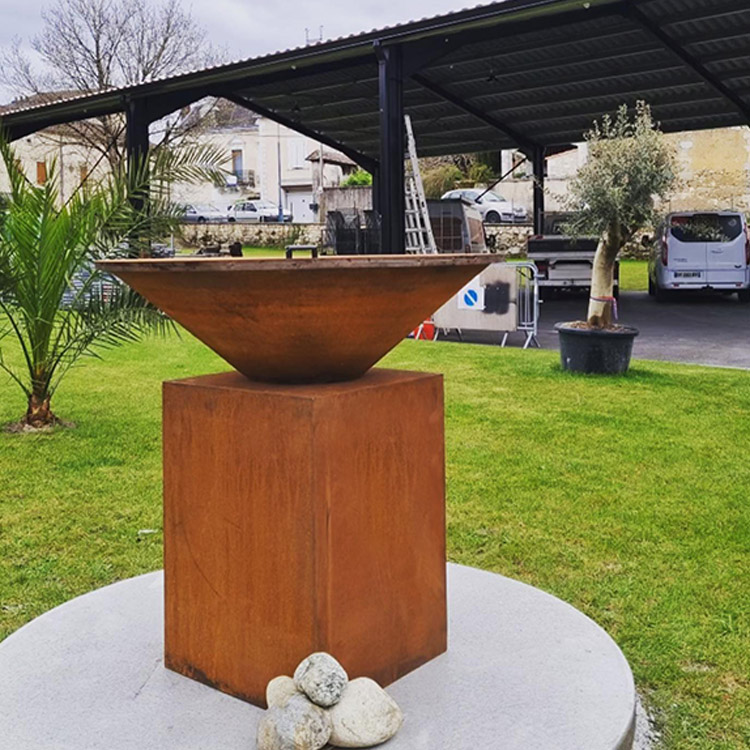

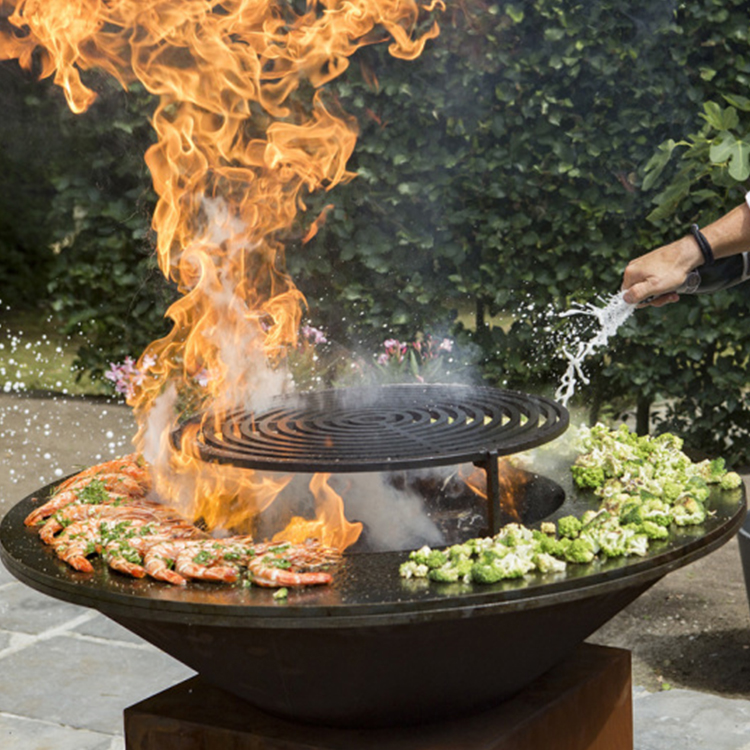
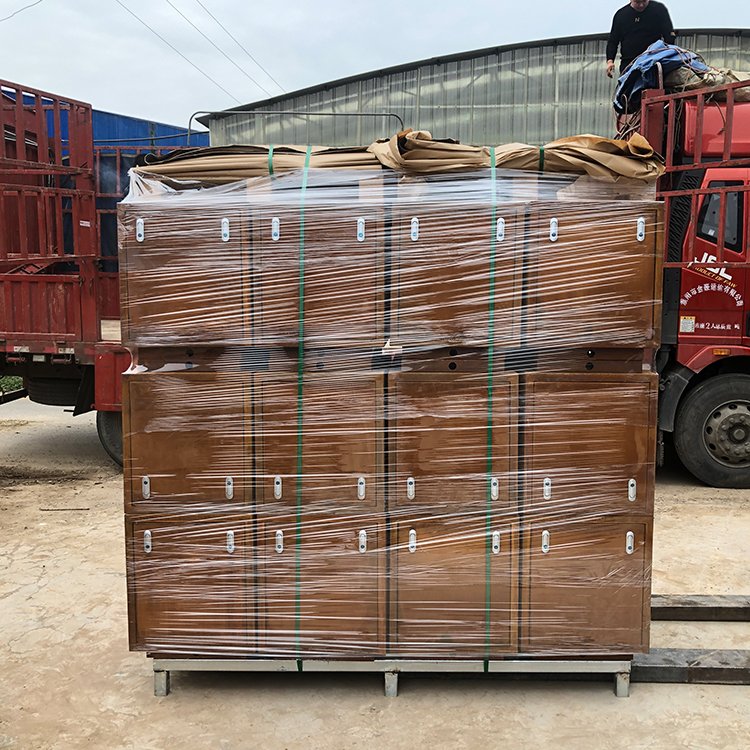
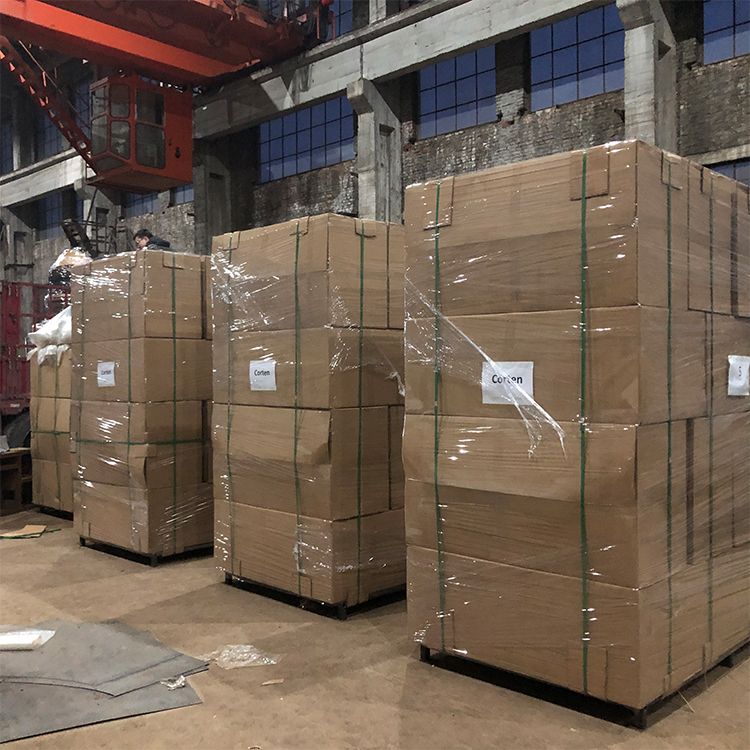
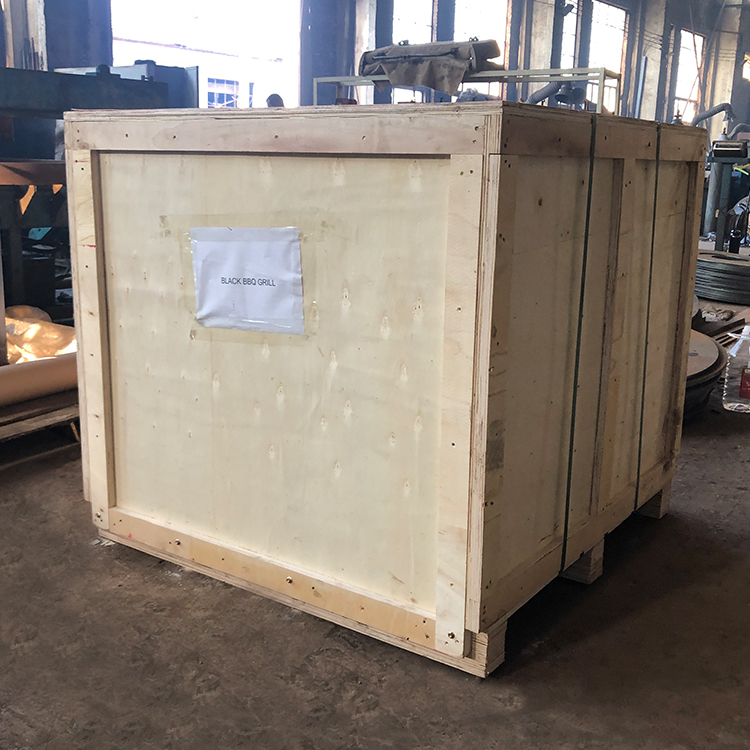
BBQ Grill,Smoker Grill,Barbecue Grill,Outdoor Grill
Henan Jinbailai Industrial Co.,Ltd , https://www.hnjblgrill.com